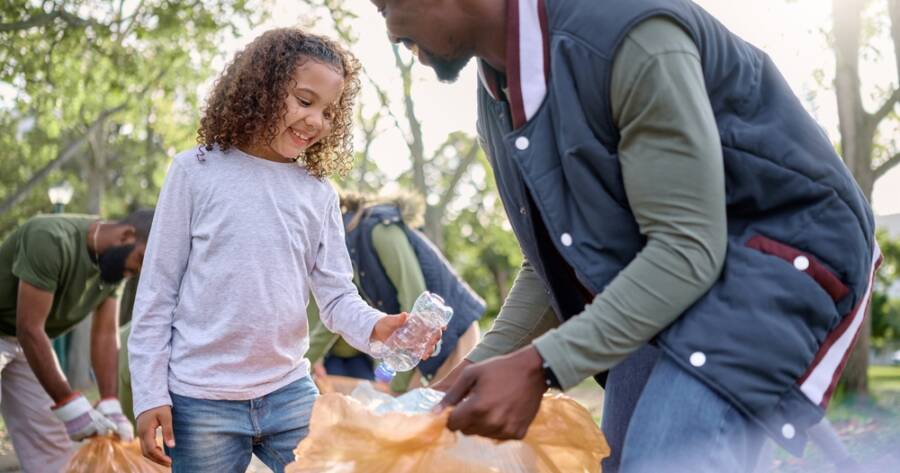Community clean-up days can transform neighborhoods and even foster new friendships. Imagine a park free of trash, where children play safely and nature thrives. Organizing such an event can seem like a lot of wok, but it’s entirely possible with the right strategy. By rallying your community and setting clear goals, you can create a lasting impact. Let’s dive into how you can make a clean-up day a memorable success.
Laying the Foundation
A successful clean-up day often hinges on clear planning. Start by gathering a small group of committed volunteers who share your passion. Choose a location that needs attention and assess the scale of the clean-up required. This initial group can help map out the logistics, such as the number of participants needed and the duration of the event. Also, consider setting a date that will likely accommodate most participants.
Once you have a team and a plan, it’s time to identify the resources you need. You may require tools, trash bags, gloves, and water for volunteers. Reach out to local businesses or environmental organizations that might be willing to donate supplies. Support from local establishments can help in promoting the event and draw more participants.
Engaging the Community
Engagement can be the heart of any community event. To spread the word, tap into social media platforms, community boards, and newsletters. Share stories about the area and the positive impact your clean-up could have. Highlighting how participants can contribute to a cleaner environment can inspire more volunteers to join.
Word of mouth can be another potent tool. Encourage your planning team to invite friends, family, and colleagues. The more personal the invitation, the more likely they may agree to participate. Local schools or clubs might want to get involved too, as clean-up days can be educational and fun.
Assigning Roles and Responsibilities
During a clean-up day, organization is key to keeping things smooth and efficient. Break down tasks and assign roles to volunteers based on their strengths. Perhaps someone can lead a group of younger volunteers or another can manage supplies. Having clear responsibilities ensures everyone knows their part and contributes meaningfully.
It’s important to have contingency plans for unforeseen circumstances. Weather changes or low volunteer turnout can affect the day. Assign a few volunteers to handle such unexpected challenges. With clear roles, your team can adapt quickly to whatever comes their way.
Safety Comes First
Safety can be crucial during any clean-up operation. Before the event, discuss potential hazards and establish safety protocols with your team. Make sure everyone wears the necessary gear and knows how to handle any waste safely. This preparation can help prevent injuries and create a safe environment for all participants.
Consider enlisting the help of local authorities if needed. They can offer advice on specific safety concerns in your chosen area. Having experienced personnel around can be reassuring, especially for first-time volunteers. This collaboration may help ensure protocols are properly followed.
Celebrate and Reflect on the Impact
Once the clean-up is completed, take a moment to celebrate the hard work everyone put in. A small gathering with refreshments can be a great way to wind down and socialize. Use this time to acknowledge contributions and share stories about the day. This social aspect can be crucial for building a sense of community and encouraging future participation.
Reflection can also play a significant role in the process. Discuss what went well and what could be improved for next time. Gather feedback from volunteers and thank them for their involvement. Recognizing their efforts may leave everyone feeling valued and motivated for future initiatives.
Building Momentum for Future Initiatives
The excitement and energy from a successful clean-up day can serve as a springboard. Capture moments of the event and create a scrapbook or photo album. These visuals may inspire others and serve as promotional material for upcoming projects. Sharing the journey with the larger community might invite more participation in the future.
Consider keeping the conversation ongoing with participants through group chats or online forums. These platforms could foster discussions on other environmental projects or local issues. Regular engagement might maintain the momentum and interest sparked by the clean-up event. Enthusiasm for community welfare can thus continue to grow.
Embracing Community Spirit
Organizing a community clean-up day can leave a powerful imprint on both the environment and participants. By planning meticulously, fostering engagement, and ensuring safety, it becomes a rewarding experience. The connections formed and the collective effort toward a cleaner environment can inspire long-lasting community pride. Remember, the real beauty of a clean-up day often lies in the unity it brings to those involved. Be prepared to witness not just a cleaner space, but a closer, more connected community.

